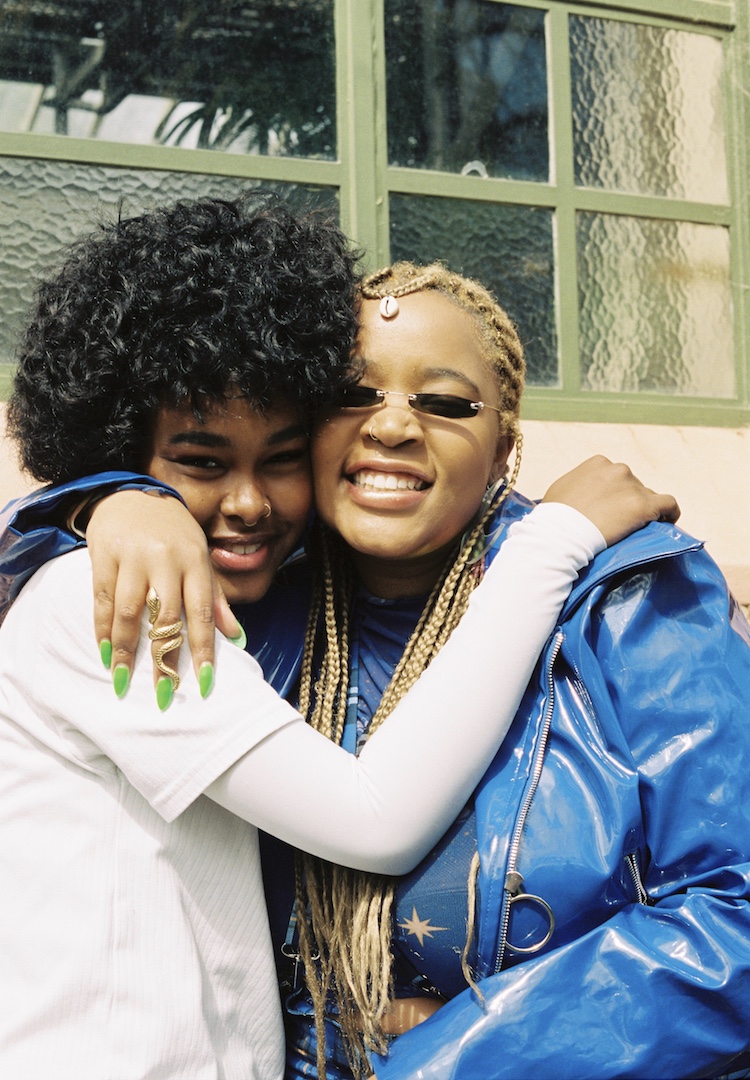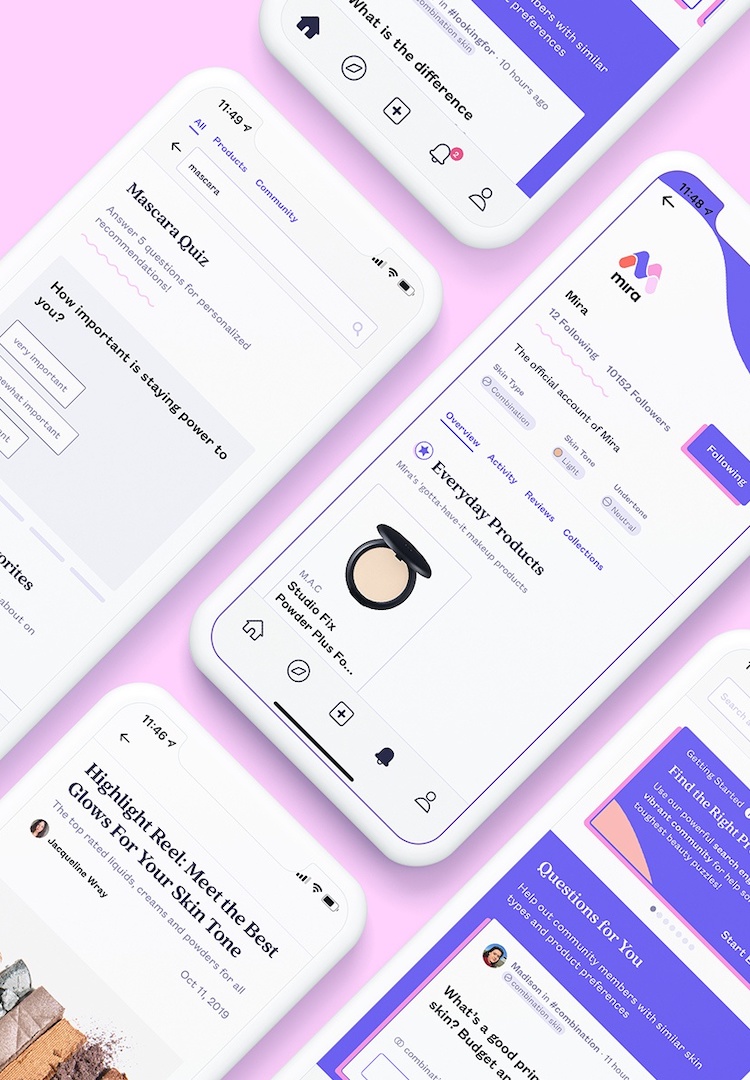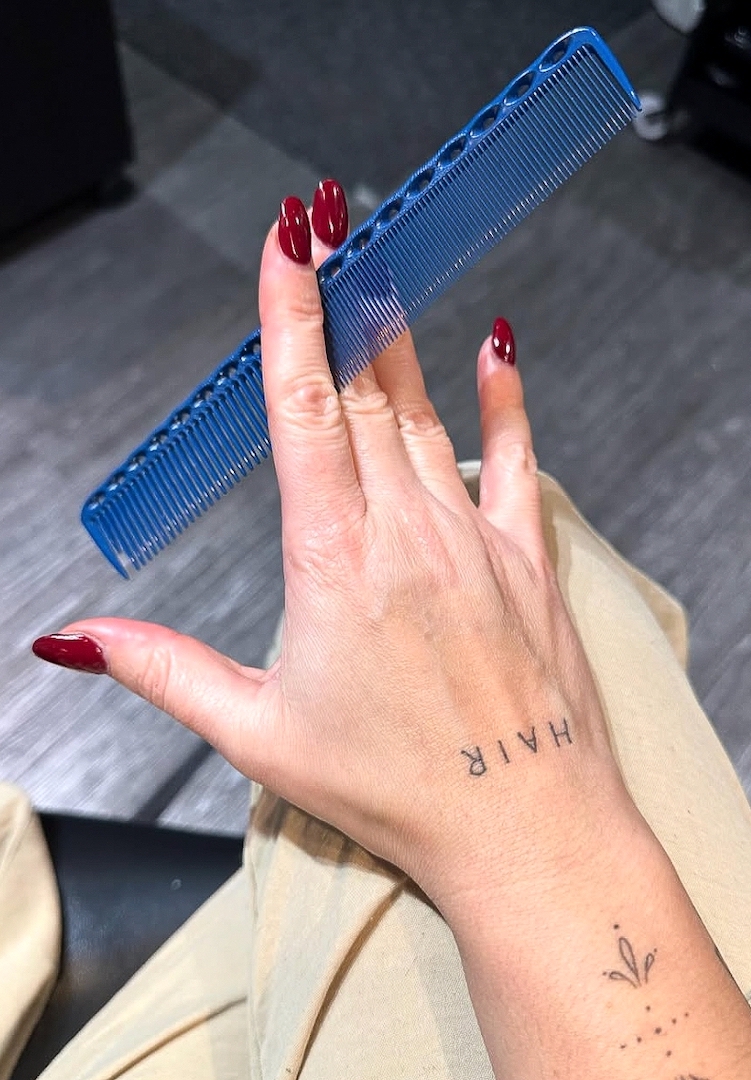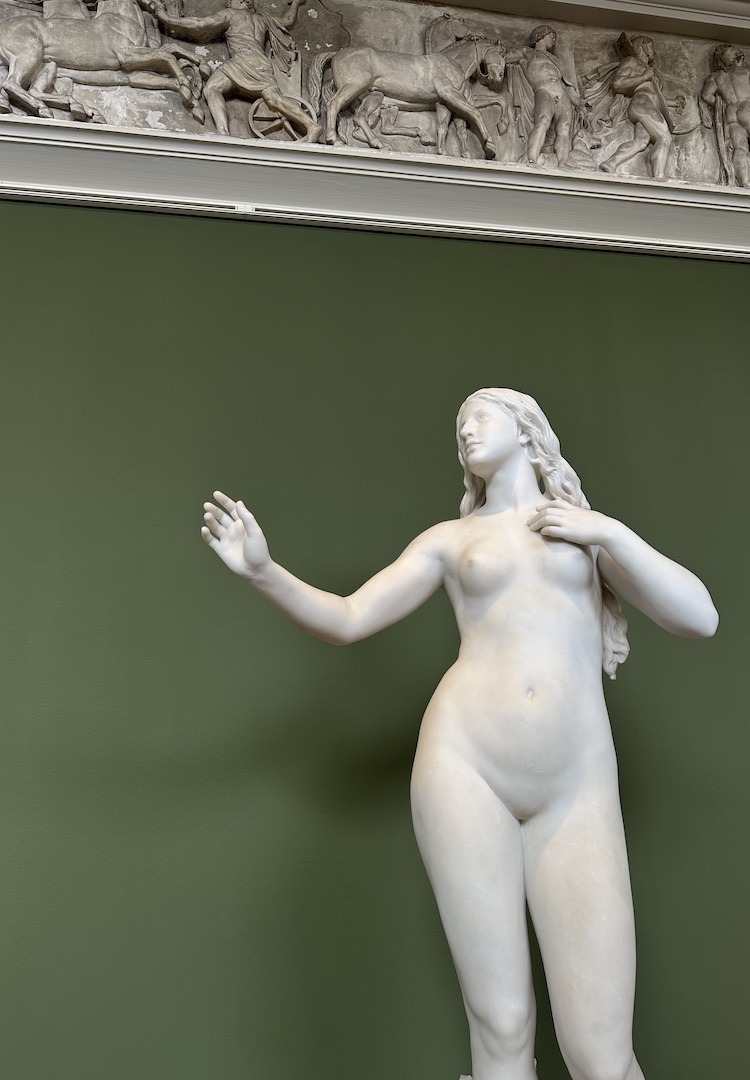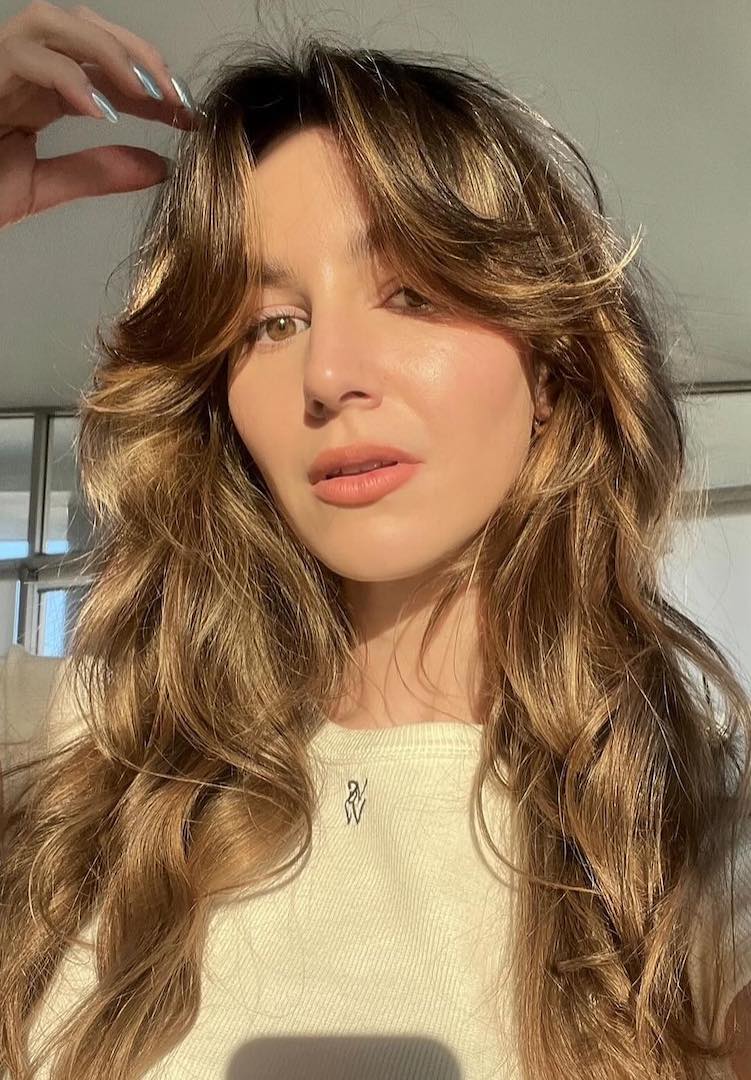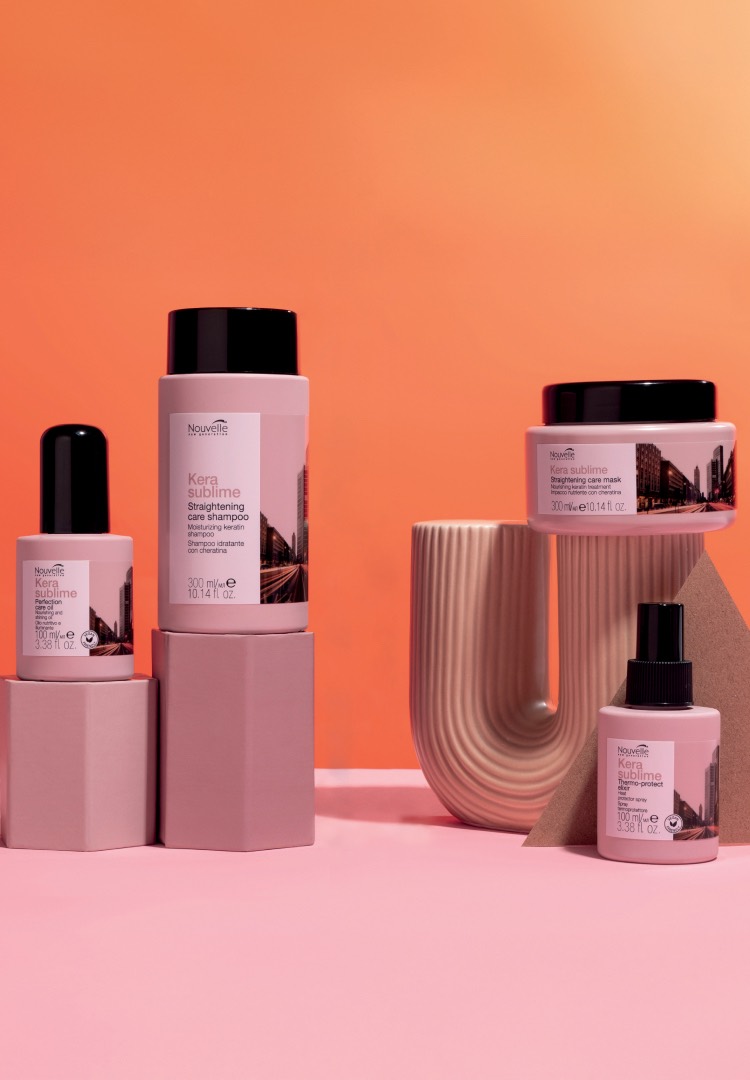‘Hair by Where Are You From?’ is an exhibition exploring the European beauty standard and its impact on people of colour in Australia
PHOTOGRAPHY BY SHANNON MAY POWELL
WORDS BY CAIT EMMA BURKE
Decolonising hair, one story at a time.
“Where are you from?” is a loaded question, particularly for the BIPOC people it is most often directed at. It’s a form of othering, a way of implying that someone doesn’t truly belong. More often than not, it’s covert racism masquerading as curiosity.
Australian writer and curator Sabina McKenna is no stranger to this question, and launched her project Where Are You From? in 2018 as a way to explore Australian BIPOC people’s relationships to it.
Launched earlier this week, the latest iteration of Where Are You From? explores the pervasiveness of the European beauty standard, particularly its impacts on BIPOC womxn living in Melbourne. Supported by The City of Melbourne, Hair by Where Are You From? features 26 stories and portraits taken by photographer Shannon May Powell, and the aim of the exhibition is to celebrate textured hair in all of its beautiful variations.
Running until July 3, each gallery will go live on the Where Are You From? Instagram feed and will be accompanied by Instagram stories. The full collection of stories will also be available as a zine.
Stella, Akosia and Lucy are three of the womxn featured in the exhibition. Here, they discuss the impact Australia’s European beauty standard has had on them and their identity, what their hair means to them and why the term ‘good hair’ can be so damaging.
Stella
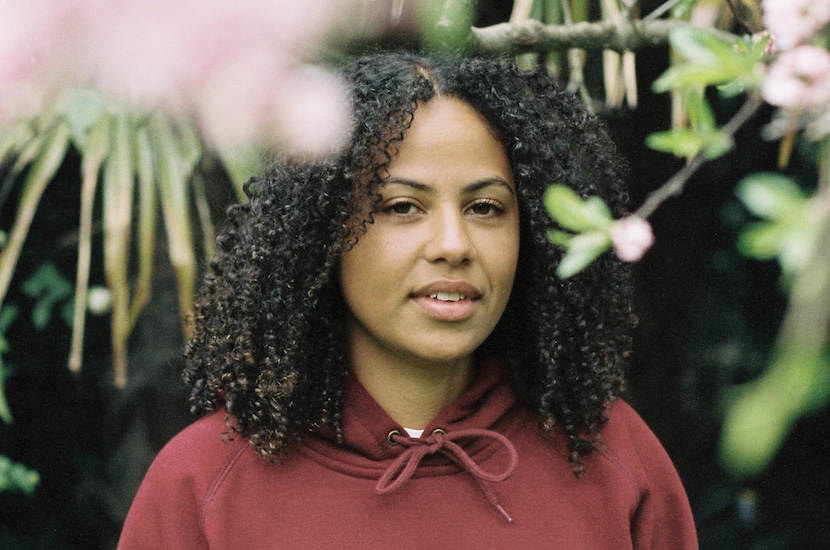
“Growing up in Australia, with mostly white friends, I felt that ‘good hair’ was something people with straight hair had because it was all we used to see in magazines. Before the year 10 or year 12 formal, I remember going to four different hairdressers for quotes [to straighten my hair], and they were all different prices. They looked at me and would make an assessment and then say, ‘It would be that much to straighten your hair.’ I felt so othered by that.
“Also the refusal to persevere or say, ‘I’m so sorry, that’s something I need to work on but at this point, I don’t have the skills or the knowledge to do that.’ A doctor could refer you to someone else whereas hairdressers are like, ‘Nup, can’t do it.’
“I think it’s quite frustrating when White people choose to wear African hairstyles because they don’t take the time to listen to what those hairstyles mean to us. Wearing my hair in cornrows or in braids is not only for protection, but it also allows me to wake up and not have to do things with my hair.
“I’ve spent a bit of time in London and I think that’s really been important for me to be able to celebrate my hair. I think that just really changed things for me and made me feel hopeful, that [hair] is not just a small concept like it is in Australia and that outside Australia there are these communities that feel like safe spaces.”
Akosia
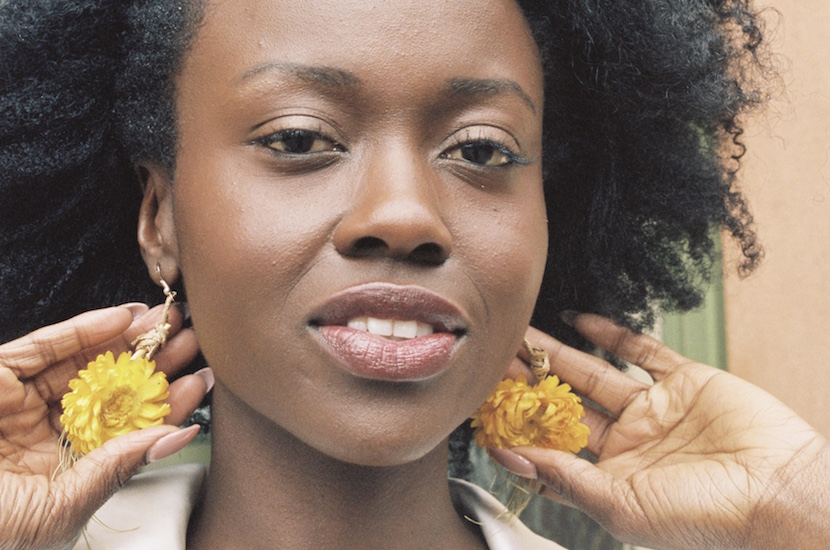
“With this new wave of Black Lives Matter, I’m getting a lot more interactions with White people smiling at me and commenting positively about my hair. I don’t always know what to do with it, my hair is just my hair and it’s a part of me – I love it and I adore it. Even if it’s a positive remark sometimes it doesn’t feel positive, because I’m shocking them with how nice I look.
“Our hair is very complex, but people have insisted we should cover up our hair, so we did head-wraps, we bleached our hair, we put relaxers on our hair, we straighten our hair, we use hot combs, we do everything to be accepted. We’re continuously learning how to educate ourselves with Black love and Black pride and then people decide to just jump in [with black hairstyles] and be like, ‘Let’s have a bit of this for today.’
“A hairstyle in itself is neither here nor there. But how are you going to speak up when Black lives are affected? Are you just going to put us on? Are you going to wear our skins, wear our hairstyles just because it feels good and it looks good?
“I don’t want to imply that if people choose to not wear [their hair] naturally that they’re not proud of themselves. When I wear my hair naturally, it’s me reclaiming my ancestry, my heritage, my roots – pun intended.”
Lucy
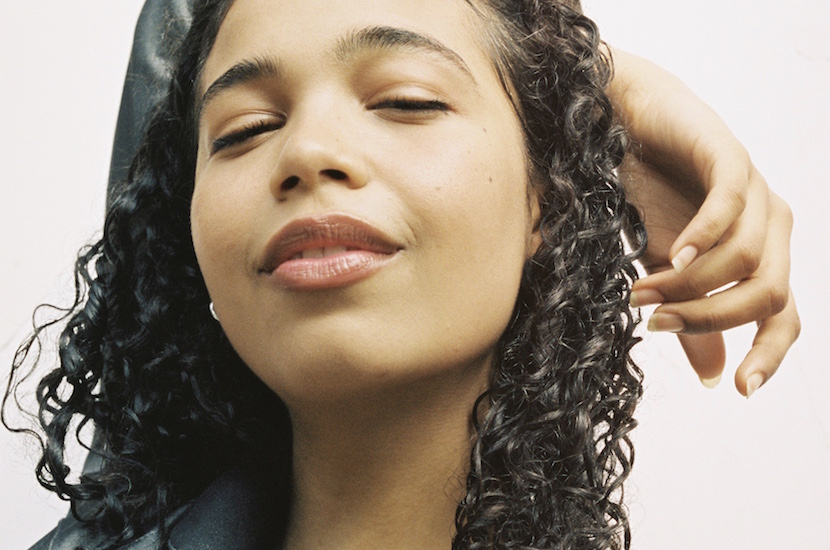
“The term good hair has assigned values, directionality, and desirability politics attached to it. It hides behind a veneer of a well-intentioned ‘compliment’ but it actually works more as an insult. It is the implication of the ultimate – which cannot exist without a preconceived idea of what bad hair is, it needs to thrive and exist in opposition to that.
“When my hair is straight people say things like I look fresh or better. I’ve noticed I don’t get followed around in stores nearly as much, and I have fewer undesirable interactions with strangers. So there’s definitely a degree of safety in that. But part of me feels very sad that that is the reality of it.
“So often people see my hair before they realise there’s actually a person underneath it. It makes me wish that there was a way to feel safe without having to disguise my identity. I have so many experiences turning up on set and seeing the fear in the eyes of the stylist. I know they aren’t prepared for it and they’ll spend hours trying to just get it to an okay point, I often end up just doing the job for them to avoid the embarrassment of it.
“I had a very strange interaction with a mediocre White boy my own age that I didn’t know. Essentially, I had a stranger yell at me on the street when all I was doing was wearing my hair. He was yelling some pretty awful vitriol comments, the final thing he said was, ‘Well, at least straighten it.’ If it wasn’t so upsetting, I would’ve laughed, but I was just hit with this reality. Since then I realised that I am just so uninterested in catering to someone else’s idea of worth. I wear my hair loud in spite of him, to be honest; in spite of people that represent and hold onto that colonial myth of beauty.”
Check out the exhibition here.


